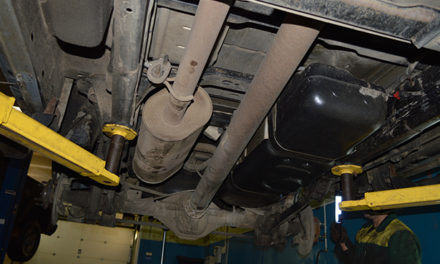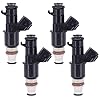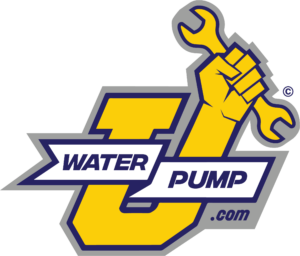A faulty fuel injector is one of the more common fuel injection system problems and can seriously affect an engine’s performance. A fuel injector can leak internally into the cylinder or externally through one of its sealing o-rings. A leaky fuel injector also wastes gas and significantly reduces gas mileage. In extreme cases, an excessive amount of fuel can leak onto a hot engine, ignite and cause an engine fire.
Also, if the vehicle has a rough or erratic engine idle, it could be caused by a fuel leak disrupting the normal fuel flow into the cylinders. A leaky fuel injector can also cause an engine to hesitate if the leak reduces fuel flow enough to impede normal engine combustion. The most obvious sign of a fuel injector o-ring leak is a puddle on the intake manifold or near the fuel injector nozzle housing. A fuel injector that drips fuel after the vehicle is shut off can also create a hard start condition as it allows the fuel pressure to bleed down while turned off.
Sometimes a fuel injector that is leaking internally can be fixed with a fuel injector flush. Other times they may need to be replaced. If the fuel is leaking externally it could be repaired with a simple O-ring seal replacement.
Many leaks can be resolved by replacing worn-out or cracked fuel injector seals with the following steps:
- After opening the hood of your vehicle, locate the fuel rail & remove the attaching hardware
- Carefully lift out the fuel rail that runs across the top of the intake manifold by grabbing each side and lifting.
- Remove the fuel injector from the fuel rail while taking care not to damage the injectors or any good seals. (Note: A special tool may be required)
- Use a flathead screwdriver to free any fuel-injector seals that are stuck.
- Use seal lubricant on the new fuel injector seals and snap them in place on the fuel rail.
- Replace the fuel rail, start the car and recheck for leaks.








![[OE Auto Parts] - FJ732 05037479AA Performance fuel injectors sold by Pjvmvo are OE parts.We use VIN matching to ensure the integrity of our inventory and accuracy of product descriptions.Offer high quality, and long-lasting performance. [Fitment] - ...](https://m.media-amazon.com/images/I/51pCSQIeFnL._SL100_.jpg)


